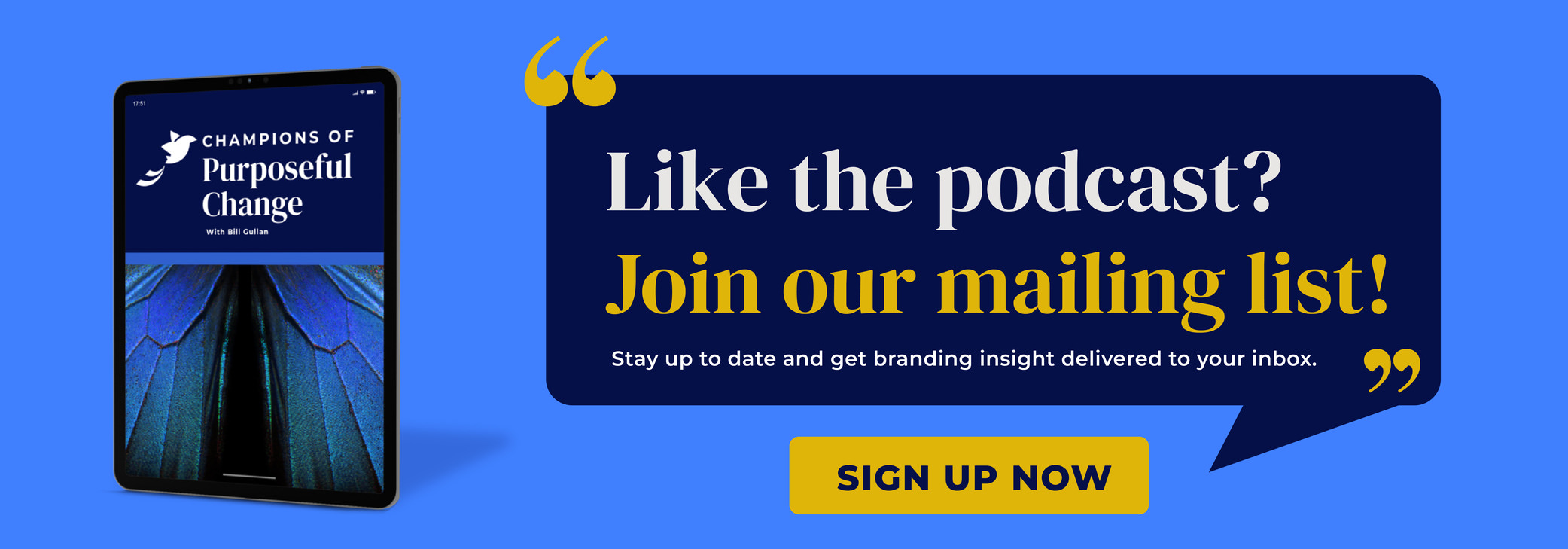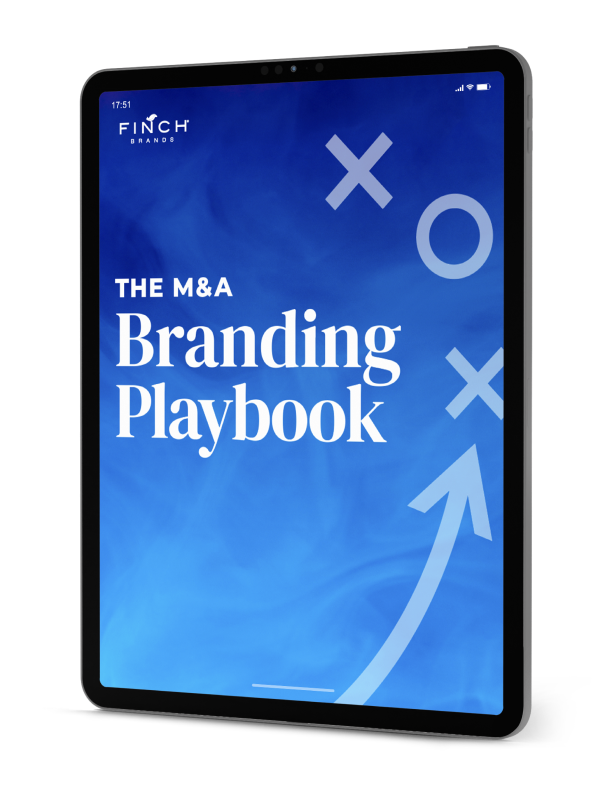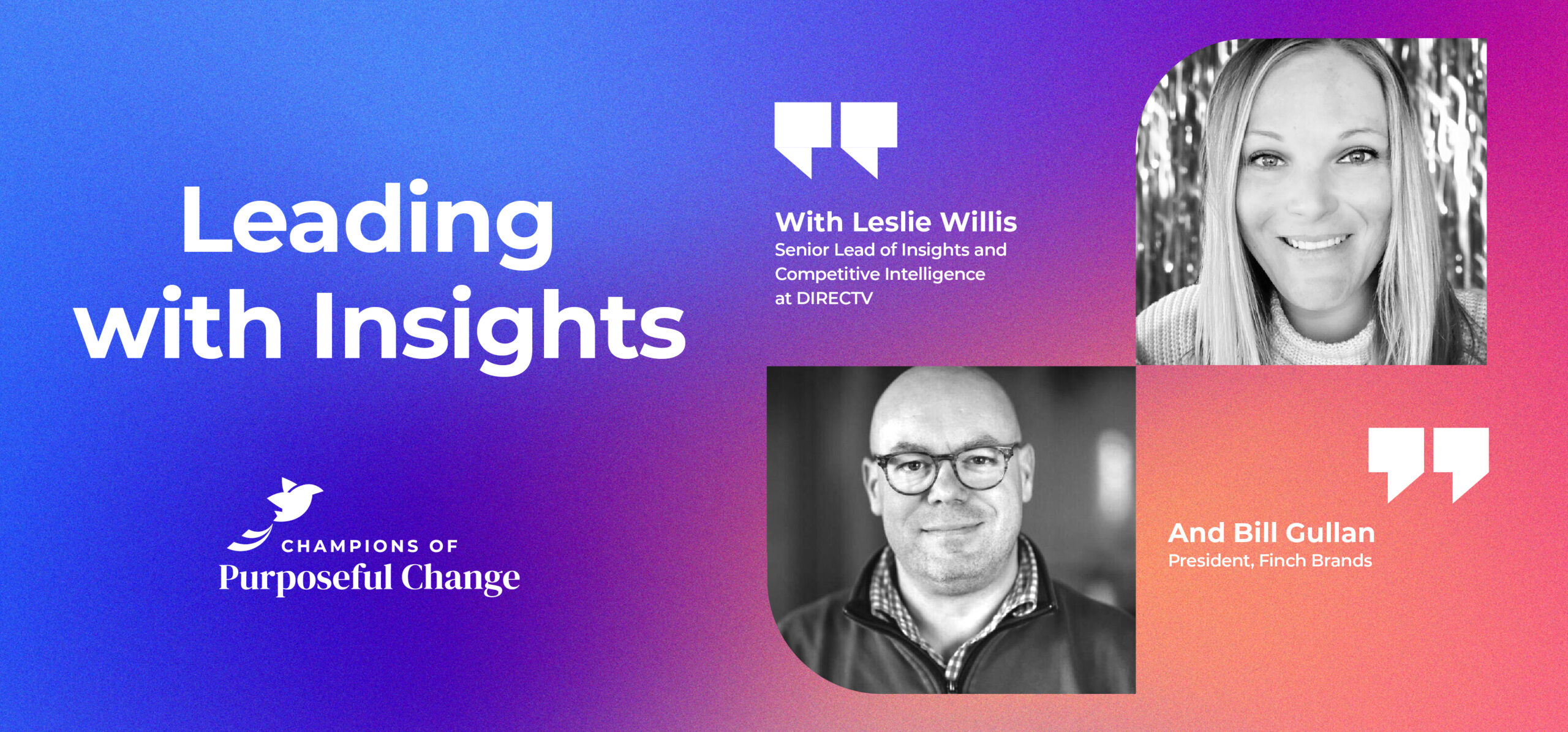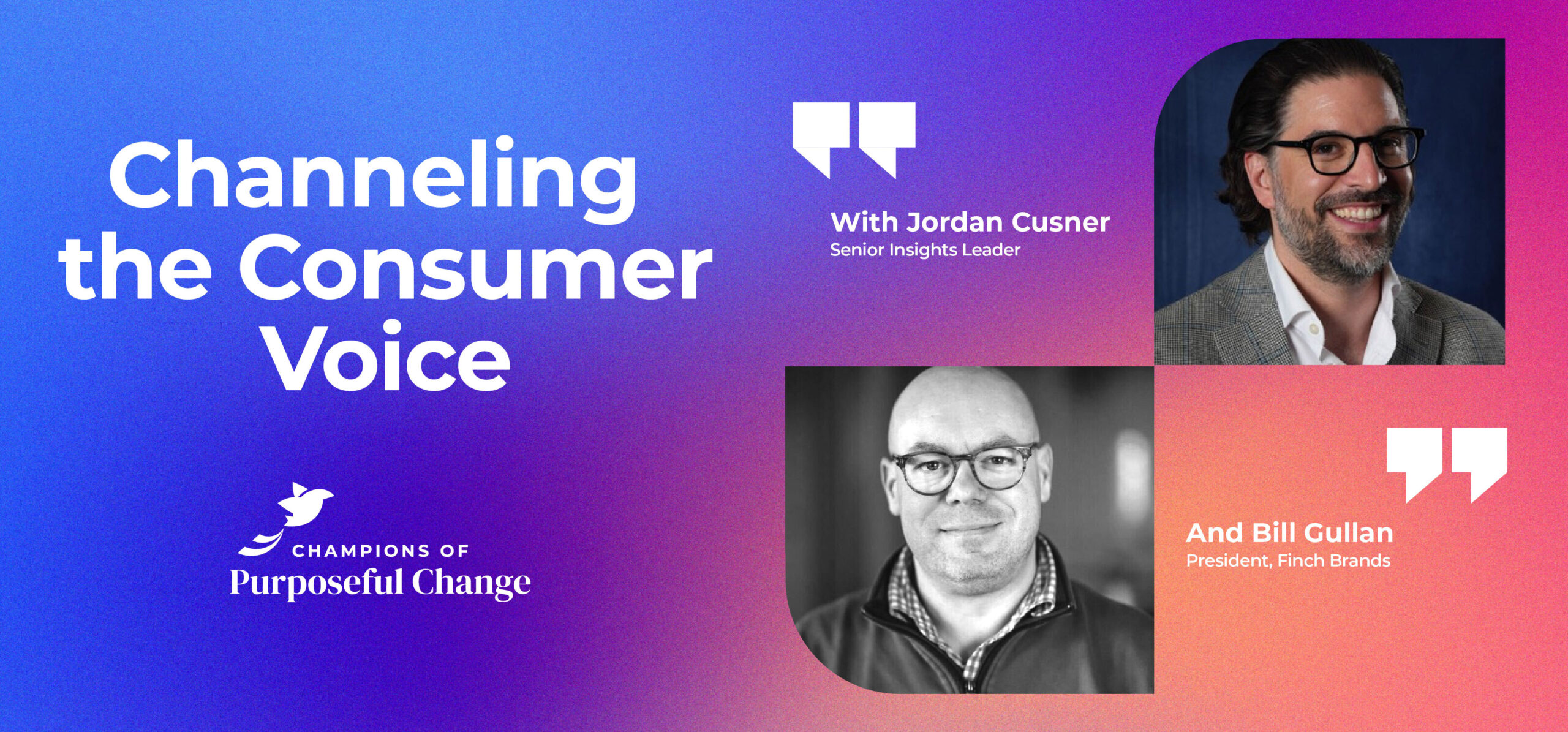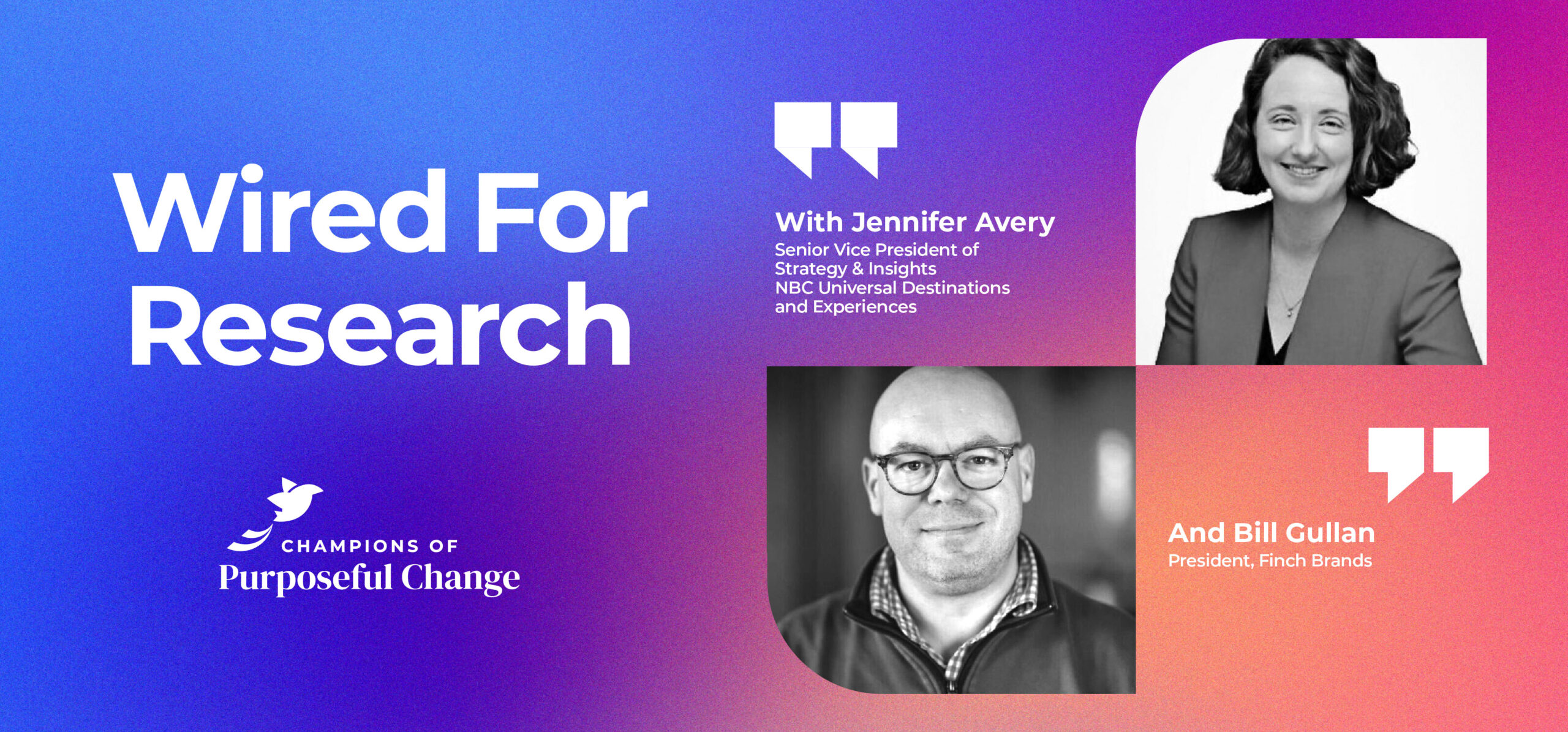Shopping for Success- Industry Secrets and Shopper Marketing with Jon Kramer

Jon Kramer, Managing Director at JMK solutions, joins us this week to share his early objectives and eventual career arc that has led him to be an expert in the realm of shopper marketing. Listen as Jon reveals his best advice, including 4 crucial steps for success for newbies in the business world. If you like our podcast, please subscribe and leave us a rating!
Podcast: Download Subscribe: iTunes | RSS
Transcription:
Jon Kramer: In today’s environment, you cannot be on trend. You’re either ahead of the curve or behind the curve.
Bill Gullan: Right.
Jon: Because things are changing so quickly.
Bill: Greetings one and all. This is Real-World Branding. I’m Bill Gullan, president of Finch Brands a premier boutique brand consultancy, and thank you for joining us today. Jon Kramer is our guest. Jon’s the managing director of JMK Solutions, which is a consulting firm that’s a vehicle for his experience and expertise, which spans many roles, many years, many accomplishments, particularly in helping well known consumer packaged goods brands enhance what they do in the realm of shopper marketing. Jon will talk about in a minute what shopper marketing is, and what the ingredients are that makes certain organizations great at it.
Bill: It is a element of the mix that is really close to that sort of moment of truth at retail, and obviously with all the changes in the retail landscape, shopper marketing, and brand management, and brand building in general are changing too, and who better than Jon Kramer to talk through that? Enjoy, Jon Kramer.
Bill: I’m joined by Jon Kramer who’s the managing director at JMK Solutions. Jon, thank you so much for being with us.
Jon: Oh, you’re welcome. My pleasure.
Bill: The pleasure is certainly mutual. So, as we often start, I think our audience would really enjoy hearing about your journey. It’s an incredible leadership road, many brands and companies that folks have heard a lot about. Can you take us through at least the highlights of your career up to this point?
Jon: Sure. I guess, it would be simple and tactical to take you through a career arc. I started here, and I ended up there.
Bill: Right.
Jon: I just don’t think that’s the most valuable way to think about a career. It would be really, the important things I think to consider and the key takeaway about my career is that it’s really been about evolution and change, and what’s important is that everything I have done since I started my career in the media department at Benton & Bowles, working on Crest toothpaste was really based on answering three very simple questions, and those were, What are my career objectives? Where are the strategies that are going to help me get there, and tactically what do I need to do?
Bill: Right.
Jon: So, most of the time it’s really quite simple, you know, have a ton of fun, change the world, and develop strong lasting relationships, and I’ve really sort of built everything I’ve done along my career based on trying to answer those questions. Another critical point, I think, is to identify and hold true to what is your brand character. My brand has always been about being a champion of disruption and change, and if you think back to what I outlined as my objective strategies and tactics, this all fits together, and I think the really most important point that I can make today when people think about their career is that … Think about the fact that we are living in a time of incredible disruption.
Jon: Maybe, you know, conceptually think about it as industrial revolution 2.0.
Bill: Sure.
Jon: And if you think about the first industrial revolution, it lasted for 80 years. From around 1760 to 1840, and it changed society. We went from an Agrarian society to an urban society. People were making more money, and when you think about the fact that the iPhone is only 10 years old, changes will happen so quickly, is when you think about your career, you got to think about where you want to get to and … It’s very fast. So, I think that those are the important things to think about when you think about a career arc and when I talk about my career arc.
Bill: Sure, and it’s fascinating, and if I may, when you were … I think your undergrad degree was in political science and speech, you were at NYU, at least according to LinkedIn. At one point is the arc and the interest and the values expressed here, is that retrospective? You know, this seemed to be the things that have linked the things that I’ve done in my career, or did you have a decent sense of where you wanted to take things when you were coming out of undergrad or even going into undergrad? How did the sort of light bulb go off for you, and when?
Jon: That is a really interesting question, and I think that the simple answer is that I accidented into the advertising business.
Bill: Right. Many do.
Jon: And I started at Benton & Bowles in the media department, and from there, I saw opportunities for change all along the path, and I grabbed those opportunities for change. I was never scared about making changes in my life, and I felt always that a critical value criteria for me anyway was to be uncomfortable. If I ever came to work and I was really comfortable with what I was doing, and I knew what I was doing, I knew that I’d sort of reached the pinnacle of growth in that area.
Jon: So if you look at my career arc, I changed my direction many times. I went from national advertising to regional marketing consultant, to shopper marketing, to startups, to manufacturing, and then finally into consulting. And while they were all connected, it was loose connections, and it was all about trying to seek the next opportunity for growth and for change.
Jon: Again, I think the critical thing that I can, and really watch worth of how I look at everything, is really driven by those objective strategies and backups. And my objectives were always to be on the leading edge of where the business was growing. And my objectives were always to sort of challenge the status quo. And that was how I deal with my career.
Bill: Right. Super cool. And let’s transition then into one of the areas that you really paved some new trails and key moments, and that’s shopper marketing. Obviously, in industrial revolution 2.0, using your phraseology, there’s a disruption at all levels of the economy, and whether it’s sort of granddaddy brands that have been at this for a while and has asserted some level of leadership, or upstarts, everybody’s dealing with the pace and change.
Bill: In particular, first of all, how would you define what shopper marketing is? And then what makes certain, either people or organizations, particularly good at it as opposed to others who might be out there?
Jon: You know, I’ve thought about this a lot over the recent path, and you know, this whole idea of shopper marketing is sort of left fully articulated about eight or ten years ago, when Deloitte wrote their first position paper on shopper marketing. But when you think about it, it really goes back to the early ’90s with phone marketing. Before it got that term shopper marketing. The definition has been changed many times over the years, and there’s been many working definitions, and I could probably argue that based on categories, brands, distribution channels, there could be many definitions.
Bill: Right.
Jon: But I think that if you want a single definition, it’s served as a universal truth, it might be that shopper marketing is a partnership between brands and retailers, to apply a systematic creation and application of elements in the marketing mix to affect positive change in the shopping community.
Bill: Yeah, yeah.
Jon: And I think that might be universal definition, that everybody can live with.
Bill: Right.
Jon: But importantly, I think you ask about what differentiates companies that are successful versus companies that are less successful, what might be best in class, and I think that best in class might be defined as a recognition that a close relationship with distribution channel partners is now a critical component to brand success.
Bill: Sure, sure. And so some of the elements to the mix to your point that tend to be important to the shopper marketing arsenal, these are things like packaging, and display and promotions. What are the tactical elements that are really front and center when it comes to shopper marketing as opposed to sort of other parts of the discipline?
Jon: I think that tactically, if you think about it, it’s really interesting. I think that historically we’ve had a real separation of church and state when it came to sales and marketing, right? Who’s responsible for selling to the customers through the distribution channel partner? They’ve focused on promotion, price, and distribution. Marketing was sitting at headquarters and building brand positioning strategy, image, advertising, packing, et cetera.
Jon: And they were very disparaged. And I think today shopper marketing could be considered the tie that binds. Binds sales and traditional sales and traditional marketing. Between those two disciplines, it translates messaging both ways. And I think that coming back to your original question about best in class, is that, having a close relationship with your distribution channel. And the distribution channel, I mean, Amazon I look at as a distribution channel.
Bill: Sure.
Jon: As Safeway. And that you need to really understand how that distribution channel handles your categories, brands, et cetera, in order to be successful. So it really is looking at the quote unquote consumer as a shopper. And the traditional disciplines. You know, advertising, marketing, promotion, pricing, packaging, now has to evolve to meet those new critical demands of this ever-changing shopper. And it was interesting because when she started shopping marketing, we used to talk about the consumer and the shopper as two different people.
Bill: Yeah.
Jon: The consumer was sitting on the couch, and they were absorbing advertising, messaging, whatever, whether it was magazines, television, radio, et cetera. Once they got up from the couch and started to move into quote unquote shopping mode, they became a shopper. Well now, I might argue that the consumer and shopper are the same person.
Bill: Yeah, in many ways, yeah.
Jon: It’s from anywhere, right? So it’s a very different world that we live in. And I think that, frankly, all marketing now has to be looked at through the eyes of a shopper and how a shopper shops for the brands and categories. Where they shop, how they shop, what are the shopper activation triggers.
Bill: Sure.
Jon: And that comes back to packaging and displays and all that kind of activity that happens in the store.
Bill: And given these changes, you mention Amazon is a channel and without a doubt Amazon and their in the e-commerce realm is certainly a channel, and one of increasing importance, both to our consciousness but also to our commerce. Given these changes, given the challenge that retail has had, given the availability of new channels and new technologies to access those channels, how should or how are leadership brands responding to this new world. I know that there’s some situational characteristics based on category dynamics or other things, but are there some sort of new rules that are coalescing as the world changes so quickly?
Jon: So, yeah, there are a myriad of new rules. But I think that one of the things that is fascinating to me is if you go back to the beginning part of our conversation which talks about the career arc, and I started in the media department at Benton & Bowles], and there was never a time during my time in my early advertising days as well as my media days where there wasn’t alternate copy tests going on. There wasn’t high level spending tests going on, there wasn’t backup product being looked at, or new product innovations being looked at. And somehow over the course of the last ten or 15 years, we’ve lost all of that hunger for understanding and identifying innovation.
Jon: And if you look at Amazon as … They are absolutely brilliant in their approach to business. They’ve got a couple of very, very clear tents. The first one is everyday is day one. You’ve got to approach every day as if we’re just starting this business all over again. And the second one is one that I think is really important, which, conceptually is fail fast, fail cheap. Unless we’re failing, we’re not working, and if we look back over Amazon’s recent history, you can see all of their failures which led to all of their successes.
Jon: If you look at our corporate world today, there is a real dirt of testing. A real dirt of experimenting. And a core philosophy that I have, one of a few, is with today’s environment, you cannot be on trend. You’re either ahead of the curve, or behind the curve.
Bill: Right.
Jon: These things are changing so quickly, so if you’re not looking … Historically over time, built marketing plans build strategies, build all of our programming, based on what came through the rear view mirror. Now in the past, here’s what worked and what didn’t work, and so we’ll do more of what worked and we’ll do less of what didn’t work.
Jon: Well, I would argue today, you’ve gotta be looking out of the windshield. Because what’s coming is coming so quickly, that if you’re not on top of that, if you’re not anticipating it, if you’re not understanding it, then you’re gonna be behind the curve.
Bill: Given that, what then of the old rules, the roles of packaging and promotion, the role of impulse, the role of, to your point, that kind of moment of truth when a consumer becomes a shopper, understanding that there’s different ways for them to access the channel, and there’s new channels for them to exploit, and there’s new brands that are failing fast. Amazon’s the biggest laboratory in the world. What about the classic rules that you learned along the way? How applicable are those sort of old school, get it done, sell through types of rules when it comes to today’s world?
Jon: I think they’re all being out moded, quite frankly. Now, when we argue that packaging is critically important, yep. We can make that argument. But the role of packaging today is gonna be very different than it was in the past. So now, there’s the opportunity to use packaging as a messaging, right? So, whereas traditional advertising is very fragmented, it’s very difficult to break through the clutter and people don’t have the patience. I mean, I’d challenge anybody who’s either on the phone right now or listening to this podcast, to tell me the last time they watched a commercial. I mean, I DVR everything and bang through the commercials.
Bill: Sure.
Jon: So the question becomes, “How do you sort of break through that clutter today?” How do you win in this increasingly complex marketplace where number one, consumers and shoppers have no patience. They want it now, they want it the way they want it, and what elements of your toolkit do you have as a way to break through that clutter. Well, packaging is certainly one of them, right? And in store merchandising, okay? And when I say merchandising, I don’t necessarily only mean displays, I mean displays, I mean shelf-talkers, I mean category adjacencies. All of those things all become really important to look at in a different light. When we look at in terms of a different hurdle for each one of those things. And I would argue, and having lived through the marketing services business for the last 25-30 years, is that it really is about the fact that many of my clients stopped asking the right questions.
Jon: So, because of Wall Street demands, because of lack of growth, because of a competitive environment, everybody’s tied around low cost. Give me low cost. And people answer the question that they’re asked. So if they ask for low cost, you get low cost as an answer. What if you ask, “What is best cost?” Low cost can be part of best cost, no question, however, best cost is about what is gonna give me the best return on my dollars and the highest return on my dollars invested. Whatever I need to do, in terms of my complete marketing program. And there’s new questions that need to be asked, there’s new opportunities, there’s … but the old ways of doing business have to change. Have to change.
Bill: Right, right. In terms of your own career arc, now, a few months into the adventure of JMK Solutions, serving in the managing directorship, is this a firm that you sort of created to help leverage all that you’ve learned a long the way? Talk a little bit about what you’re doing at JMK.
Jon: I left the corporate world because I really felt at this time in my life that if I wanted to do something on my own, if I wanted to take ownership of my arc, that I really wanted to take everything that I learned and apply to the business. So, again, I think one of the most important things, I had a mentor early in my career say, “If you can take away one thing from our time together, understand that the most important thing that you will do is build a network. Build a group of resources that you have available to you over the course of your career. And cherish that network and protect that network.”
Jon: And so when I started JMK solutions, what I did was I said, “Look, I don’t think that any one thing today drives a revenue. It’s a compilation of things.” You know, it’s not changing your box, it’s not changing your pricing, there’s a number of things that have to work together synergistically because of this complexity that we’re dealing with. So how do I take all of my network, all of my resources, everything that I’ve learned over the course of my career, and apply that to my client’s business?
Jon: So it becomes partnerships with incubators in Silicon Valley. It becomes partnerships with unique agencies around the country. It becomes putting together the right solutions for a client’s problems, and understanding how to address those problems in unique and different ways. So JMK Solutions, from my standpoint, what we’re really trying to do is redefine the role of strategic advisor, and say, “Look, there’s not one answer.” All right? There’s a complicated complex group of requirements that need to be built around each client need, around each client identified challenge. And that’s what we’re doing. We’re really building the right solution for the problem, and we’re not coming at it with a preconceived notion.
Bill: Right. Well, super cool. And across your 35 years of work with major CPG brands as an advisor, as a consultant, as a service provider to many P&G brands, and Unilever and Kraft and Mars and Campbells, and my colleague Lauren I think met you during early in her tenure at Kimberly Clark. What a wealth of experience to leverage, but to your point, the world is changing fast and a great ally for brands to have along that road.
Bill: As we close here, and this has been wonderful, we so appreciate your time and your insight, Jon. You dealt with it a little bit upfront, but let’s draw a line under, any words of wisdom that sort of reflecting on your career, that you might share at the kind of headline level from your own arc and path that are things that folks who may be either starting out or thinking about starting over, not that there is any such thing, but what might they ought to think about, as they think about their own development?
Jon: Yeah. I think what I would do is I’d really put it into four buckets. The first bucket, and probably the most important bucket, is today more than ever you have to take ownership of your career. And that there’s no more lifetime employment guarantees. You really need to control your life, and you need to take control of your life. Secondly, we talked a little bit about this, okay? And I can’t emphasize this enough, and I’ve met so many people who have not done this, to their detriment, is that you build your network throughout your career. Cherish it. Be a resource. Be helpful wherever you can. I’ll never hesitate to pick up the phone, never hesitate to help anybody. Your network is really your lifeline for the future.
Jon: And I know so many people that I’ve worked with and during my career where they really have not understood this or appreciate it and it really has been in their detriment. And there’s so much value to having a vibrant, robust, broad network. But that is really critically important. And then the third thing is, as we talked about upfront, really understand what your objective strategies and tactics are, and use them as your north star. What are you trying to achieve? And what does success look like for you? And that has to be a decision that you make on your own for yourself. I mean, there’s a million different objectives, but if you understand what your objective is, then it’s almost like getting in a car and starting to drive and not knowing where you’re going. If you have an objective of what you’re trying to accomplish, then all of a sudden, your strategies and tactics become clearer.
Jon: And then finally, don’t ever get replaced. Understand that we’re living in a world of dramatic and rapid unbelievable change, okay? Of major disruption. And that, no industry is safe. So if you’re not thinking about your world in terms of day after tomorrow, if you’re sitting in your seat and doing your job today and saying, “Okay I’m gonna do my job today, I’m gonna do my job tomorrow, and the next day.” You can’t be successful.
Bill: Right, right, terrific. And great words to live by and quite a career to have had that continues into really new territories. All the best for JMK Solutions, what a tremendous resource for brands of all types to leverage your experience and your insight. Jon, thanks so much for your time and for being with us.
Jon: Thank you, appreciate it.
Bill: Many thanks to Jon for his time and insight. What a career he’s had. Certainly continues as the world changes around how brands are built and what basis they connect with consumers in general and particularly in a sort of a retail channel capacity. Jon’s point of view is really valuable. So thanks to him.
Bill: Three ways as always to support us here at Real World Branding. The first way is to subscribe, click that little button in the podcast store of your choice, and we’ll make sure you do not miss a single episode. Those who are loyal listeners may know that we’ve been a little bit intermittent in the summer months here in part due to client need and vacations and all the joys of summer. Our intent this fall is to get right back at it, and to get back on at least an every other week cadence, but either way, subscribing will make sure that when there’s new content, it flows right in to your device to help make commutes or long flights or whatever hopefully valuable and interesting.
Bill: Related to that, to help others find and enjoy hopefully and learn from the content that we put forth here at Real World Branding, giving us a rating. Hopefully five stars if we’ve earned it, doing that at the podcast store of your choice, we are told, ensures that we come up in search rankings, and proves to Apple and others that there’s somebody out there who’s listening and enjoying this, and we hope that that’s you.
Bill: And then lastly, let’s keep that dialogue going. Twitter’s probably the best place @BillGullan or @FinchBrands. We love ideas from future guests, and we appreciate feedback, our skin is thick. So dialogue about how to make this content ever more valuable and enjoyable for our listeners is something that we’re always interested in hearing about. So thank you for your time today, and we’ll sign off from the cradle of liberty.
